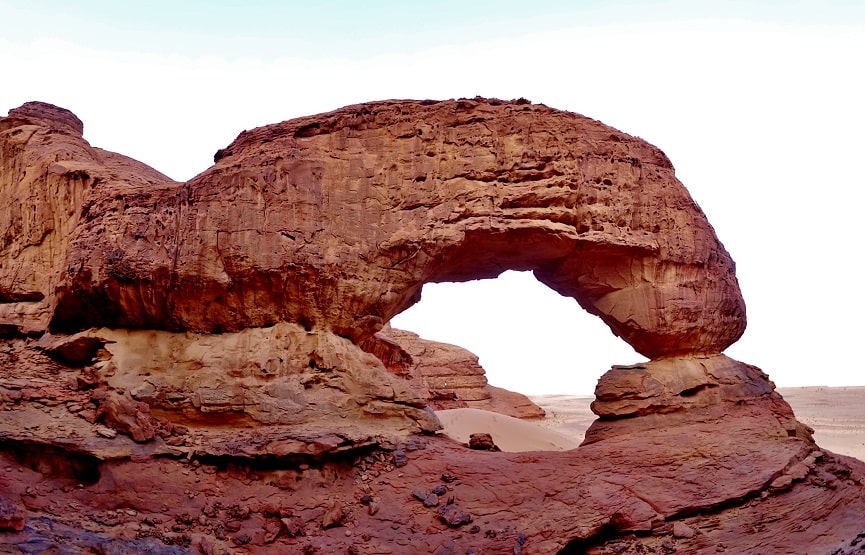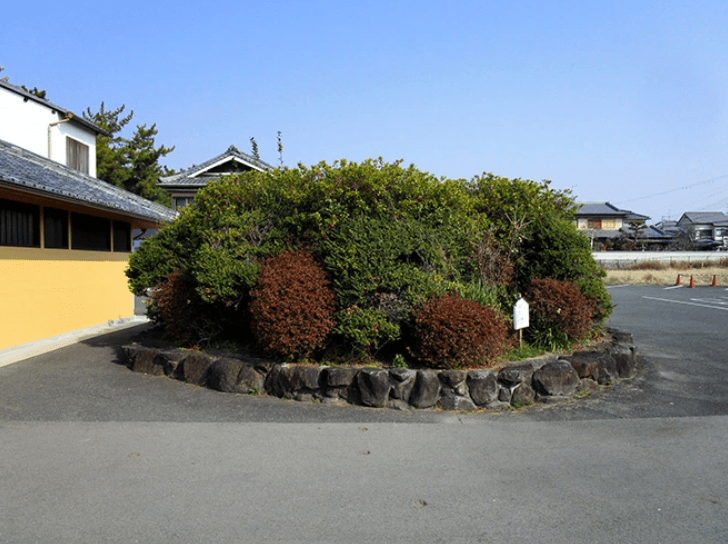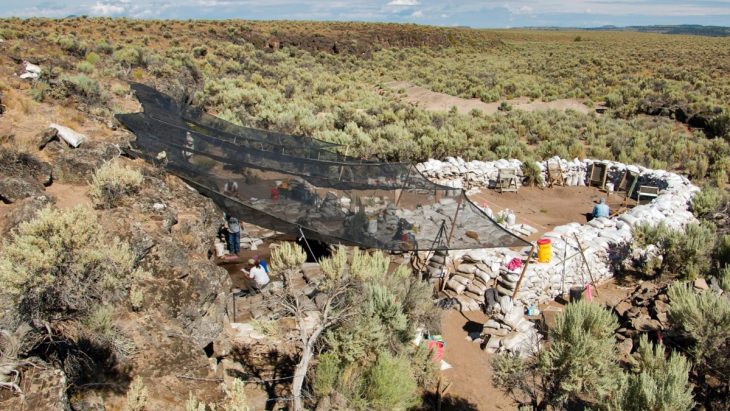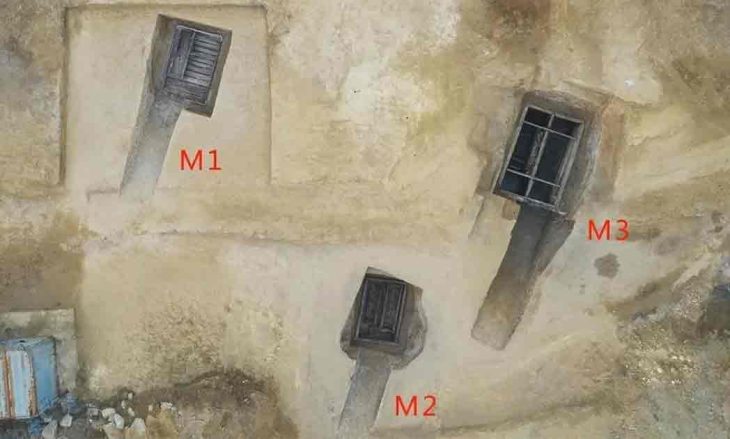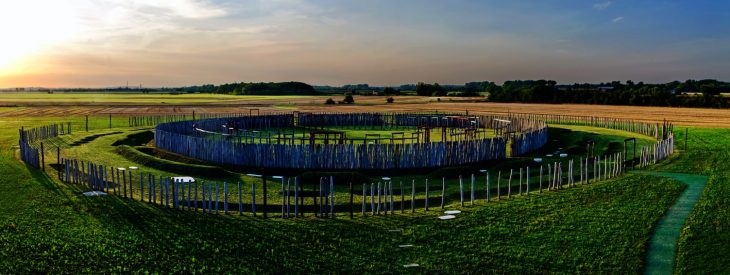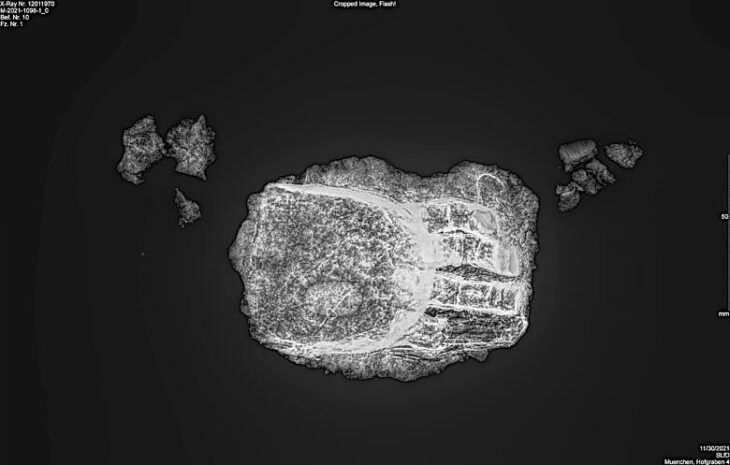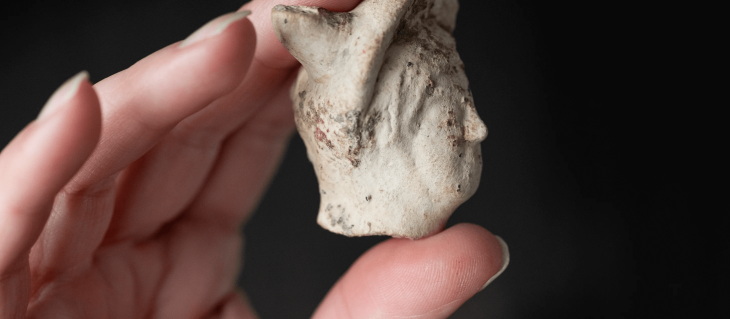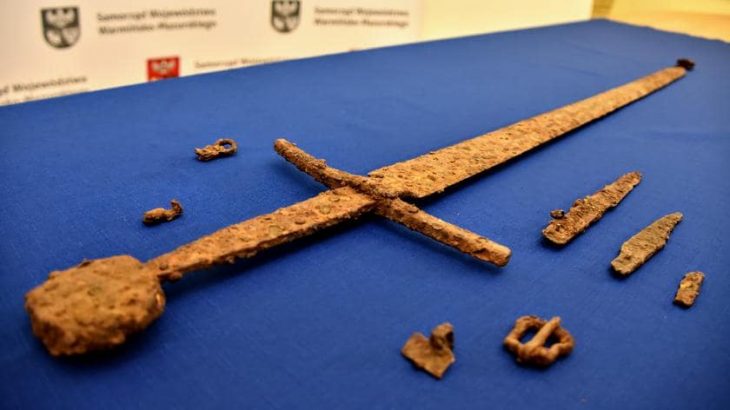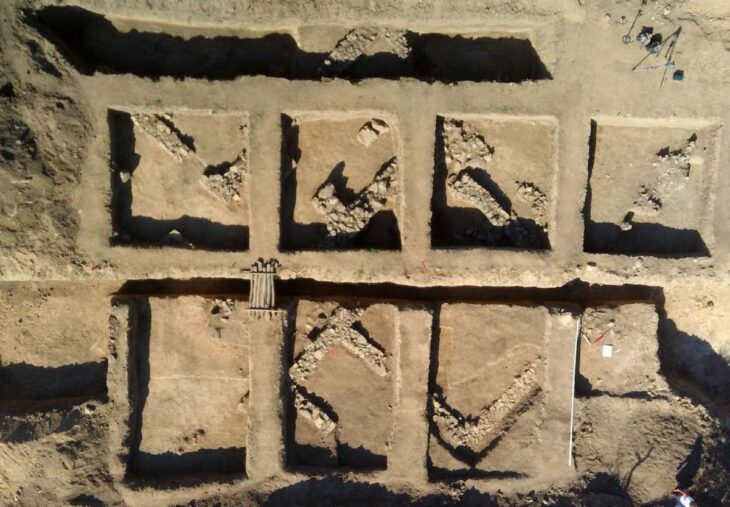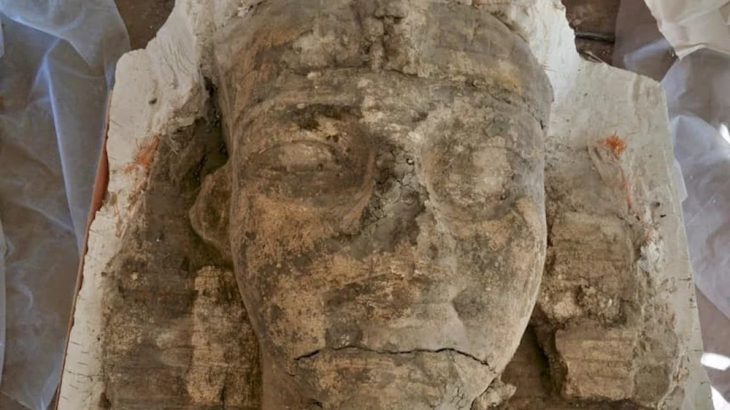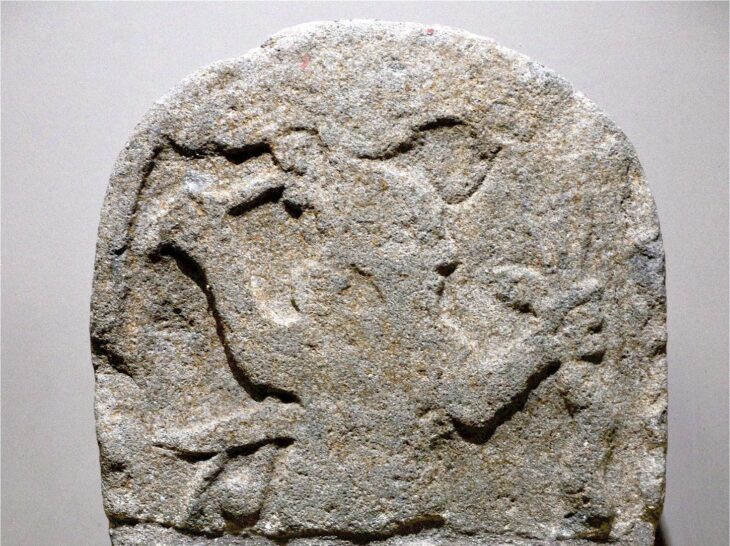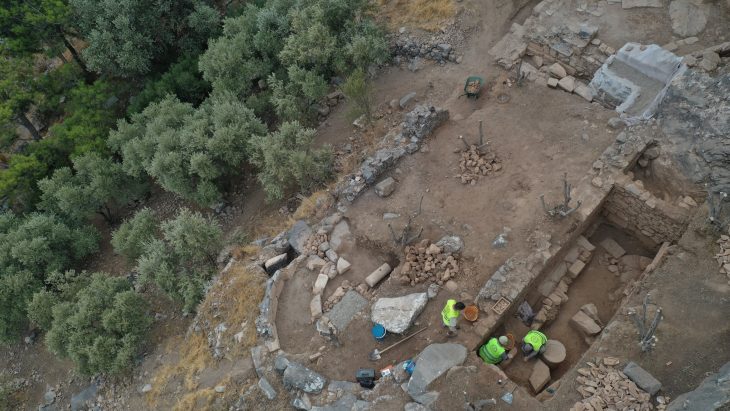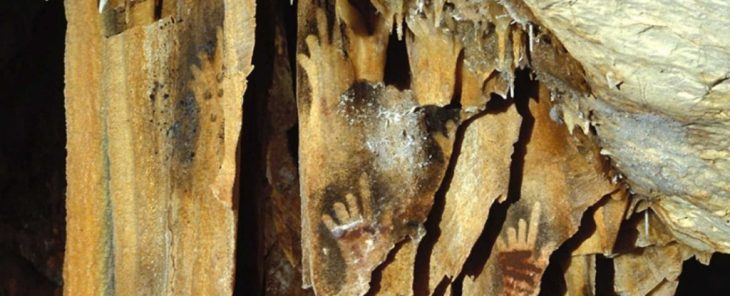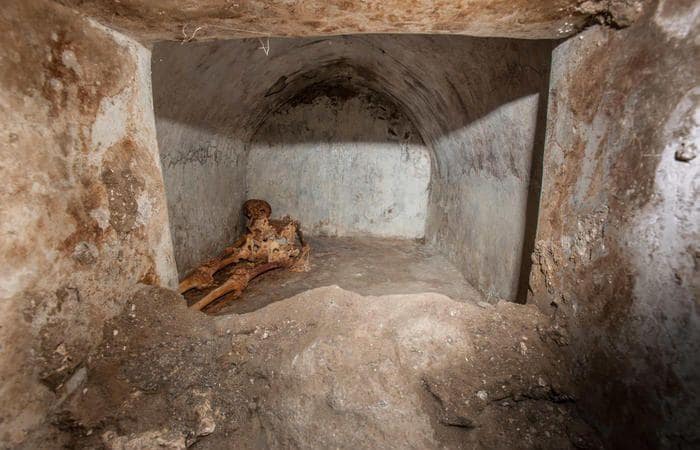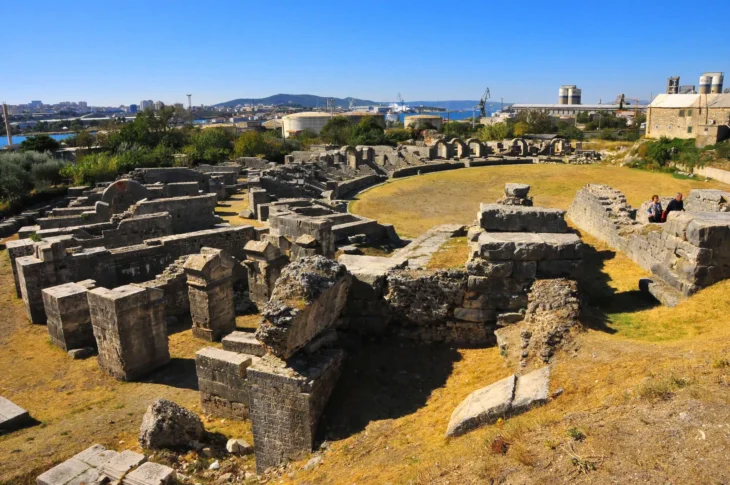One of the world’s oldest Acheulean sites was found in the northern region of Hail in Saudi Arabia.
Al Nasim contains paleoenvironmental evidence for freshwater lakes and channels, as well as geomorphological characteristics consistent with Middle Pleistocene products.
The discovery of the oldest human settlement in the Arabian Peninsula was published in an article in Nature Scientific Report.
The Saudi Commission for Tourism and National Heritage began paleoenvironmental and archaeological surveys of the Green Arabian Project more than 10 years ago in partnership with the German Max Planck Society, the University of Oxford, the Saudi Geological Survey, and King Saudi University in Riyadh.
The survey, reveals that the Arabian Peninsula had wetter conditions and a rainy climate in the central region. This led to the formation of lakes, rivers, valleys, and vegetation that contributed to a better way of living for human beings and altered the spatial distribution of hominins within and between continents.
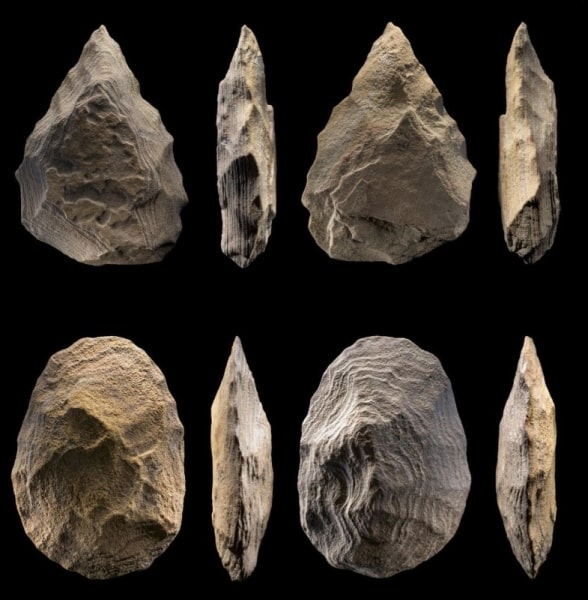
Scientific Reports
Archaeological studies also suggest that the earliest living man inhabited South-West Asia and that the Acheulean civilization had one of the longest-lasting tool-making traditions. The artifacts discovered included hand axes and stone tools, which provided information about the inhabitants’ way of life.
“Al Nasim represents one of the oldest documented Acheulean sites in Saudi Arabia, revealing regionally diverse stone tool assemblages used by Middle Pleistocene man, which further indicates a pattern of repeated entry of inhabitants into the peninsula during the wet ‘Green Arabia’ phase,” the SPA reported.
The site consists of a deep, narrow basin where many Palaeolithic artifacts, similar to those previously discovered at Acheulean sites in the Nefud Desert, were retrieved. The similarity between the Acheulean discoveries in Al Nasim and those in the Nefud Desert indicates that the paleolakes of this region provided an important corridor for humans to travel and meet others.
The discovery has been published in Scientific Reports.

